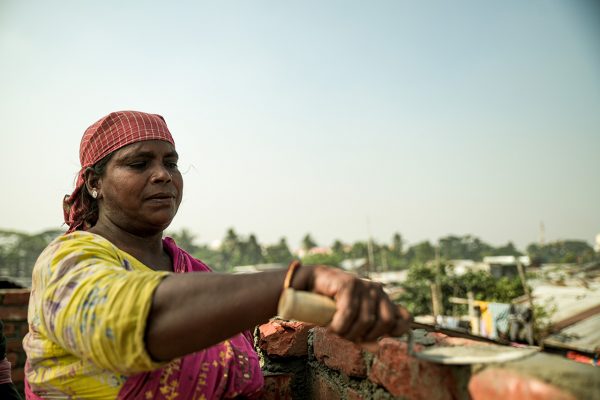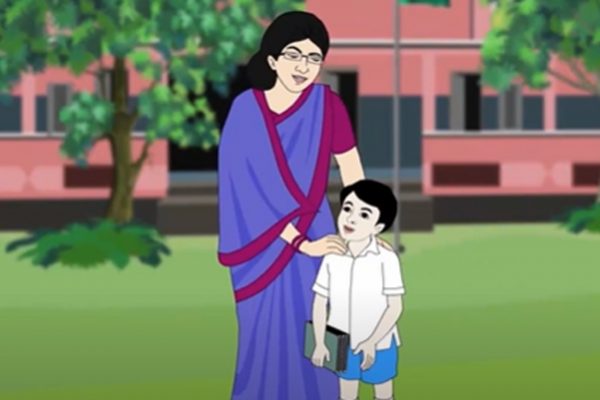February 8, 2012
Reading Time: 3 minutes
Two billion youth. Six hundred million unemployed. BRAC’s Executive Director, Mahabub Hossain, highlighted these sobering statistics in his opening comments to the participants of BRAC’s first Global Learning Meeting in Rajendrapur, Bangladesh. On February 7th and 8th, over 100 people gathered to focus on how BRAC could create its first global strategy for youth
Two billion youth. Six hundred million unemployed. BRAC’s Executive Director, Mahabub Hossain, highlighted these sobering statistics in his opening comments to the participants of BRAC’s first Global Learning Meeting in Rajendrapur, Bangladesh. On February 7th and 8th, over 100 people gathered to focus on how BRAC could create its first global strategy for youth. Just days before BRAC’s 40th anniversary of its founding, the meeting represents an opportunity to harness BRAC’s diversity of experiences, reflections and ideas. The diversity of BRAC’s staff who are attending, representing the 10 countries where BRAC now operates, is symbolic of what the organization has achieved: from a small organization born in Bangladesh, it has flourished into an increasingly global institution exploring new terrain for South-South partnerships.
Youth as a population are largely defined by their transition from childhood to adulthood and the new vulnerabilities that emerge during this period. There is a perceived lack of focus on youth globally, with girls particularly failing to receive support that enables them to sustain paths to successful adulthoods. Citing a variety of data, several speakers called attention to the need for inclusive development. In the midst of economic growth, program design must really consider, who is disadvantaged and unlikely to reap the benefits without additional support? The answers are not straightforward; even within countries there is great variation by region and gender. Increasing urbanization worldwide creates an additional layer of complexity; change will be a constant feature of the socioeconomic landscape in developing countries if the projections are correct. Preparing today’s youth to compete in a global market requires an updated paradigm of technically-focused skills building, expanding to include portable skills that remain relevant, such as a marketing, bookkeeping, and market analysis.
Finding strategic linkages and connection points are key components of effective programs, without which we may fail to see the desired impact. For example, Syeda Sitwat Shahed’s (BRAC) research on youth in Bangladesh suggested that increases in education had not necessarily led to jobs. Munshi Sulaiman’s (BRAC) analysis of members of BRAC’s adolescent empowerment and livelihood program in Uganda (called ELA) highlighted that in the short-run, programs may need to consider trade-offs in what impact they prioritize—for example, should ELA aim to increase school enrollment and attainment, or income generating activity?
The question of the desires and priorities of youth themselves were raised throughout the day. “Do we listen when they say things that we aren’t ready to hear?” Erum Mariam (BRAC University) asked us. When young women asked for fashion magazines to read, the BRAC Educational Programme originally provided literary classics, like Rabindranath Tagore, that collected dust on the shelves. As BRAC thinks about how to engage with and empower youth, it must consider how its values resonate with this younger generation and its programs reflect what it hears from these communities .
Approaching the complex issues of well being from a practitioner’s lens can limit the effectiveness of programming. Sabina Rashid (BRAC University) offered a case study about a couple living in the slums of Dhaka who married quite young in a love marriage and chose to have a child relatively quickly to enhance their bond and extended family’s acceptance of their union. The academic definitions of rights or “family planning” often fail to find roots in the economic contexts and social norms. Young men and women may have other concepts of rights and plans that they exercise—the right to choose one’s partner and create a happy home, for example.
Participants discussed how these issues applied in their own country context. Tomorrow we’ll spend more time on this as we turn the focus into BRAC’s own youth programs and the diversity of approaches being implemented on the ground.
By Maria A. May
BRAC Social Innovation Lab
BRAC Social Innovation Lab






